Identification
Understanding the Types of Damp in Properties
Damp is a common issue in buildings that can lead to serious structural damage, health problems, and costly repairs if left untreated. There are several types of damp, each with its own causes, signs, and treatment methods. Here's a quick guide to the most common forms:
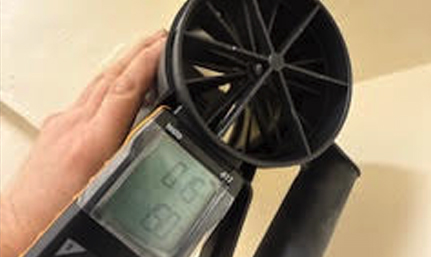
Condensation Damp
Condensation is the most common form of damp and is caused by excess moisture in the air condensing on cold surfaces, like windows and walls. It's often linked to poor ventilation and can lead to black mould growth.
- Water droplets on windows
- Black mould on walls, ceilings, or around window frames
- Musty smells
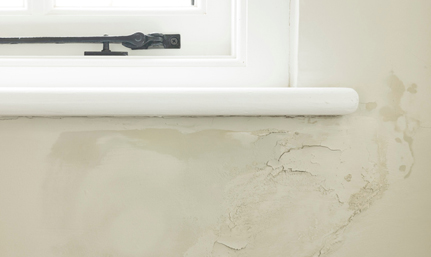
Penetrating Damp
Penetrating damp happens when water infiltrates a building from the outside, usually due to structural issues such as damaged brickwork, leaking roofs, or faulty guttering. It can affect any part of a building, often worsening in heavy rain.
- Localised damp patches on walls or ceilings
- Mould growth
- Dripping or stained walls during or after rainfall
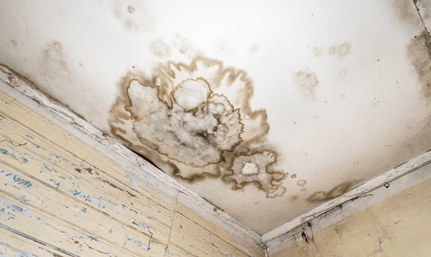
Plumbing Leaks
Leaks from pipes, radiators, or water tanks can also lead to damp patches, often mistaken for other types. These leaks can occur behind walls or under floors, making them harder to detect.
- Persistent damp in one area
- Mould or mildew without an obvious external source
- Damp in ceilings below bathrooms or kitchens
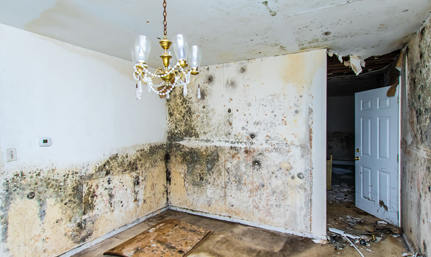
Flooding Damp
Flooding in properties lead to significant damage. The effects include structural damage, mould growth, ruined personal belongings, electrical hazards, and potential displacement of residents. Additionally, flood damage is often not covered by standard homeowners' insurance, resulting in substantial out-of-pocket expenses.
- Water Stains or tide marks on walls (often brown or yellowish)
- Peeling or bubbling paint/wallpaper, especially near the floor or on lower walls
- Discolouration or dark patches on walls
- Warped skirting boards or floodboards
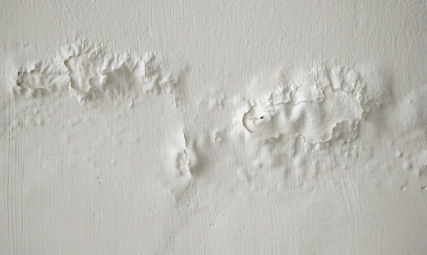
Rising Damp
Rising damp occurs when moisture from the ground ascends through walls and floors through capillary action. It typically impacts the lower sections of walls, leading to issues such as peeling paint, crumbling plaster, and tide marks. This phenomenon is often the result of a failed or absent damp-proof course. Rising damp is frequently misdiagnosed, which can result in costly and unnecessary remedial treatments that may ultimately compromise the structural integrity of the property.
- Damp patches on ground-floor walls
- Tide marks and staining
- Decaying skirting boards or floorboards
Why Choose Us?

Certified damp specialists with years of experience

Comprehensive surveys with detailed reporting and potential solutions (short and long term)

Friendly, professional service from start to finish
Don’t let damp damage your home. Contact us today for a damp survey, and let’s find the right solution for your property.